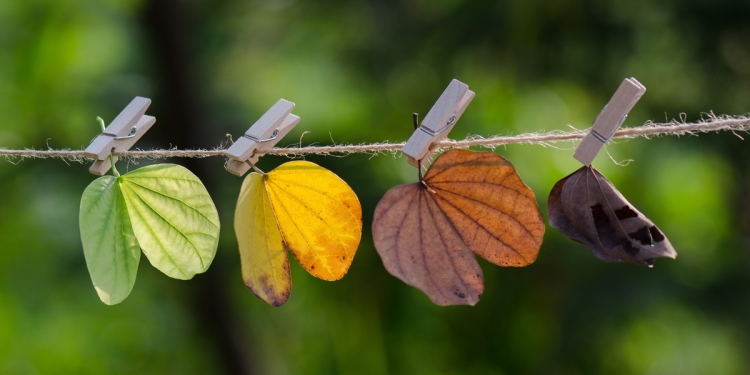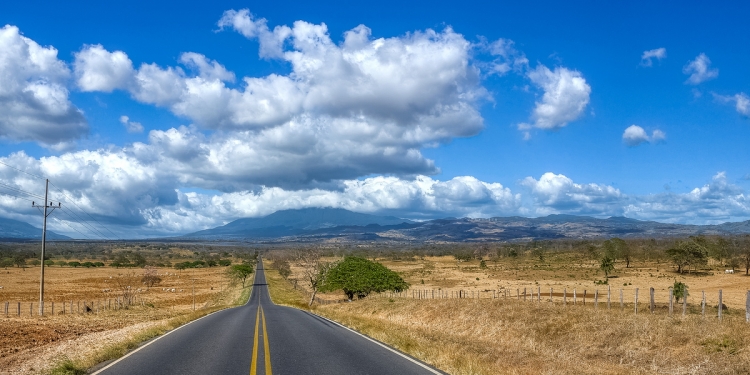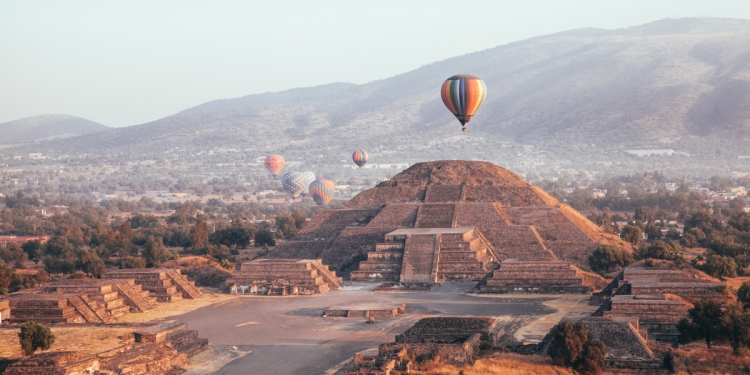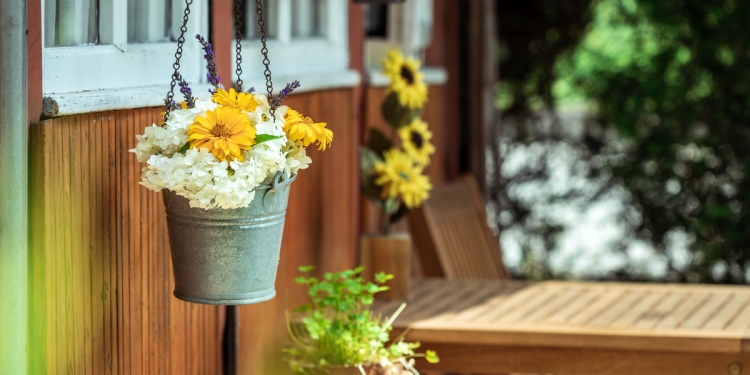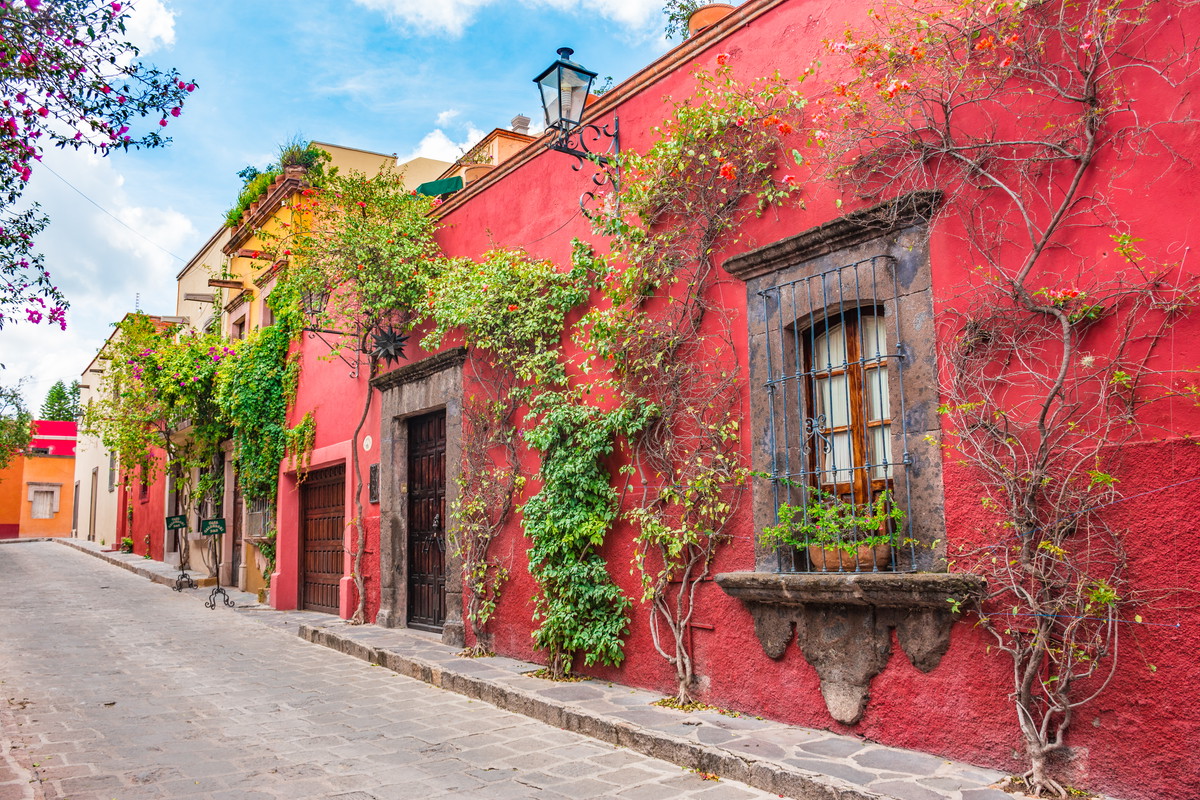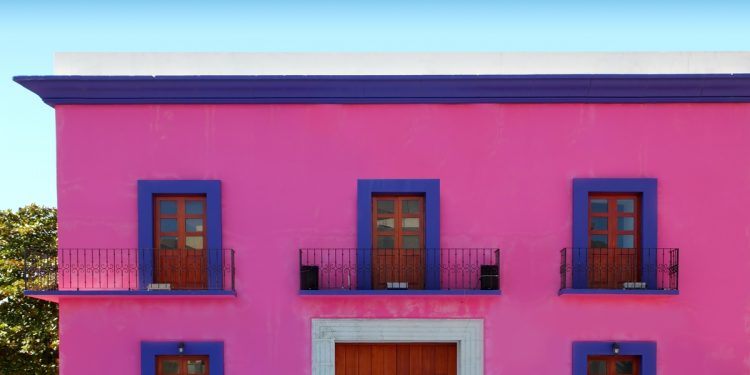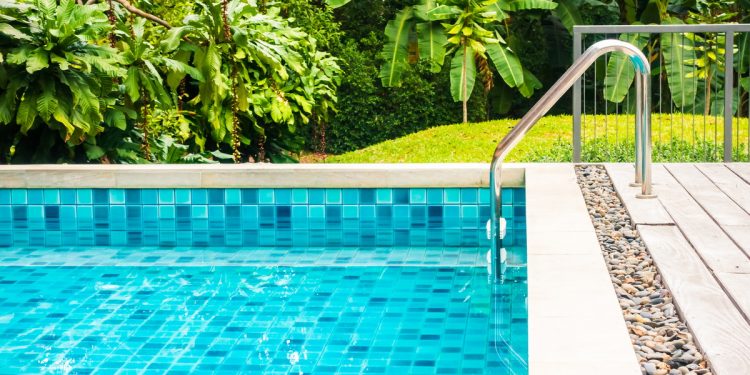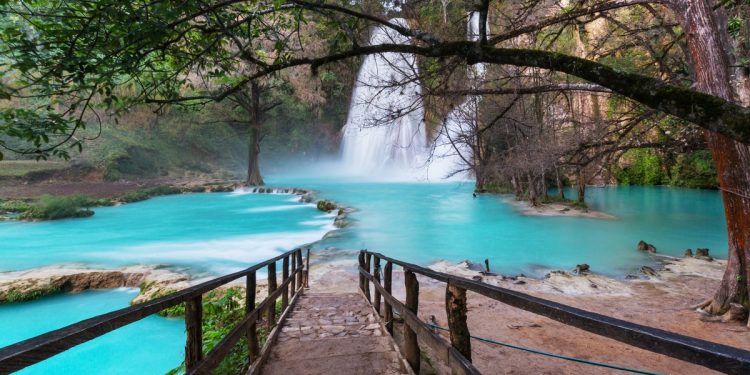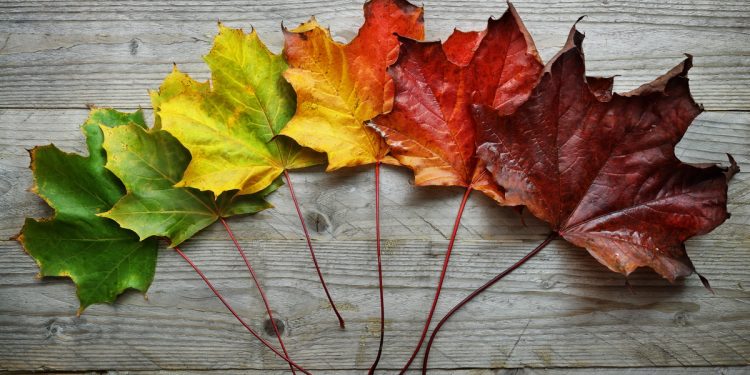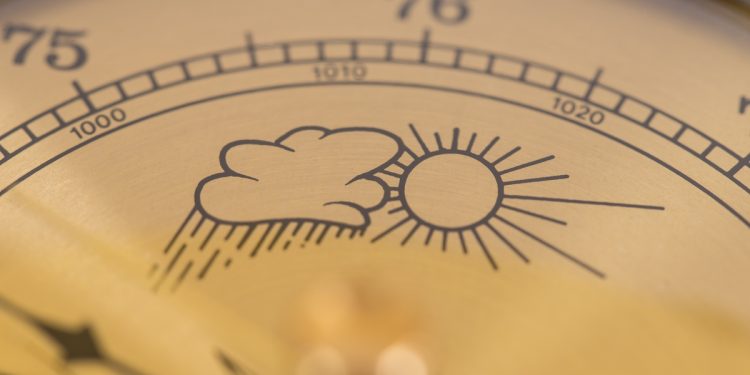When you’re living in Mexico, or staying here for an extended period, you’ll discover that by mid-to-late February, areas affected by the dry season will become noticeably drier, and parched.
The heat and lack of moisture in the air can present several practical challenges for day-to-day living. This article shares some tips and advice about how to keep yourself well and comfortable, and your home and garden maintained during the driest months of the year.
Dealing with the dust and dander
Grass that isn’t watered regularly turns corn yellow and exposes the dry dusty ground beneath; and pathways in the countryside feel bone dry underfoot as dust, pollen, and other allergens become free to roam through an air bereft of moisture aided by light breezes which come and go throughout the day.
Dust and dander are virtually unavoidable during the dry season, and stocking-up on boxes of soft tissue paper to help expel particles of dust and dander from your nose can be an effective first line of defense.
A wet mop regularly drawn across the floors throughout your home, and a generously dampened cloth wiped across all surfaces where dust gathers can be helpful in reducing any discomfort caused by dust blowing around indoors.
If you wear glasses, regular cleaning can also alleviate eye irritation by preventing dust and pollen building-up on the lenses and frames. If you’re particularly sensitive you might acquire an air purifier for use indoors, but make sure it has an effective filter that traps allergens, otherwise micro particles of dander will simply get recirculated.
Dust and dander tend to be more problematic inland and less so along the coasts, although at least some dust and/or pollen are inevitable almost anywhere during the dry months.
Dry skin and itching
Prolonged dryness in the air, especially when you’re living at elevation, can affect many people’s skin, with itching being one of the most common symptoms.
Showering less regularly, or simply showering without the use of much soap may help as this will enable your body’s natural oils to protect your skin and reduce itching or other skin irritations, e.g., rashes. (Frequent showers and soap wash away your body’s natural oils.)
Some people use a diluted mix of white vinegar and water instead of detergent-based shampoos to wash their hair which also helps your body’s natural oils to work on your scalp. A high-quality moisturizing crème may help to alleviate symptoms related to skin irritated by dry air as you pass through these months.
Scarcity of water
There are various ways that your home in Mexico may be supplied by water, and many places across Mexico experience some form of water scarcity during the dry season. For people who have large gardens (or live in condo complexes with extensive landscaped areas surrounding them) the dry season can be a challenge.
Water deliveries
As we mentioned in our article about spring climates in Mexico, this is the high trading season for the “Pipas”—tank trucks selling potable water. These trucks can be seen trundling around roads and lanes in the dry season, and although they are especially prevalent in the countryside and outlying areas not served by a mains water supply, you might also see them dispensing top-up supplies to homes in towns and larger cities. Properties that are not supplied by some type of mains water system may collect and filter water for daily use during the rain season, and residents might arrange for water deliveries by truck to tide them over during the driest months.
Water rationing
Local municipalities may ration mains water feeds to homes during the dry season. As we mentioned in a related article, Mexico’s water systems are not pressurized and instead deliver water into underground cisterns on the property which is then pumped-up to a tank on the roof for use in the home. The water supplies that feed the cisterns may have their flow reduced or be turned-off on some days to conserve water, and thus residents need to use what water they have in their cistern more sparingly, or pay to have additional water supplies delivered by truck to top-up their cisterns.
Gardening in the dry season
Gardeners will spend a lot of time between January and May watering their plants to keep them from wilting and dying, and some embark upon a largely forlorn attempt to keep their grass from turning corn-yellow, which it will do naturally in the absence of a soaking each day. (Established grass usually won’t die and swiftly returns to green when the rains return.)
Sprinkler systems
Some people install underground sprinkler systems that activate automatically on a timer in the early morning and late evening; these keep water use down to a minimum by use of a mist-spray water jets that deliver moisture close to the ground in the coolest hours of the day.
Soaker hoses and drip irrigation
Alternatives to an sprinkler system are soaker hoses (that can be snaked around plants or buried just under the surface to deliver moisture directly to roots) and drip irrigation pipes. This article offers a good overview and comparison of these two water-saving methods.
Using ‘gray’ water for plants
To conserve fresh water supplies, some larger homes and condo developments with extensive gardens use ‘gray water’ collected from rains and wastewater from the property, and store this in a special cistern underground; the stored supply is used to water plants and lawns when there’s no rain to do the job. Some sprinkler systems are designed to make effective use of this limited water supply although keeping grass green in the dry season does call for a lot of water, nonetheless.
Dealing with the dry heat
Even when you’re situated at elevation, temperatures can gradually climb throughout the day to reach highs of 30 degrees Celsius (86F) between March and May and although these high temperatures tend to last for only a few hours during the late afternoon, the heat combined with dryness, dust, and pollen can combine to create an uncomfortable mixture.
Structuring your daily routines
One method to deal with this dry and sometimes brittle climate is to structure your day so that you get most of your work and chores completed before lunchtime, and return to more vigorous activities in the early evening when the sun sets and the air temperatures fall leaving late evenings cooler, and comfortable.
Using fans, aircon, and pools
Swimming pools can help to keep you cool on the hottest days of the year; air ventilators, ceiling fans, and air conditioning can help you to keep cool indoors, and to sleep. If you use air ventilators and suffer with allergies, we recommend you use one with a decent filter otherwise all the dust, dander and other particles will simply get blown around the inside of your home.
Hydration and alcohol
Wherever you’re situated, it’s a good idea to stay properly hydrated by drinking plenty of fresh water throughout the day, and limiting your intake of alcohol—that accelerates dehydration.
Free eBook about House Maintenance in Mexico
Download our free eBook about house maintenance in Mexico that is packed with helpful advice and tips to keep your home well-maintained, including matters related to water and drainage.
Free eBook: Guide to house maintenance in Mexico
The return of the rain season
When the seasonal rains return, typically in May or June, another transition period begins from dry to wet, although the flora respond much more quickly to the return of the rains than they do to their departure. Learn more about living well through Mexico’s rainy season.
Discover Mexico’s seasons
Mexperience helps you to discover Mexico’s diverse topography and climates as you make your lifestyle and leisure plans:
- The dry season begins around October or November.
- The rain season begins in May or June.
- Browse the latest articles about climate and weather in Mexico
- Discover Mexico’s climate through the seasons
- Learn about how Mexico is a land of three lands
- Check individual location guides here on Mexperience for climate by location.
- You can get full details about the weather by region and season on our guide to climate in Mexico.
Mexico in your inbox
Our free newsletter about Mexico brings you a monthly round-up of recently published stories and opportunities, as well as gems from our archives.

